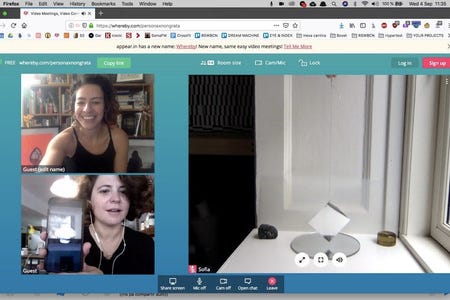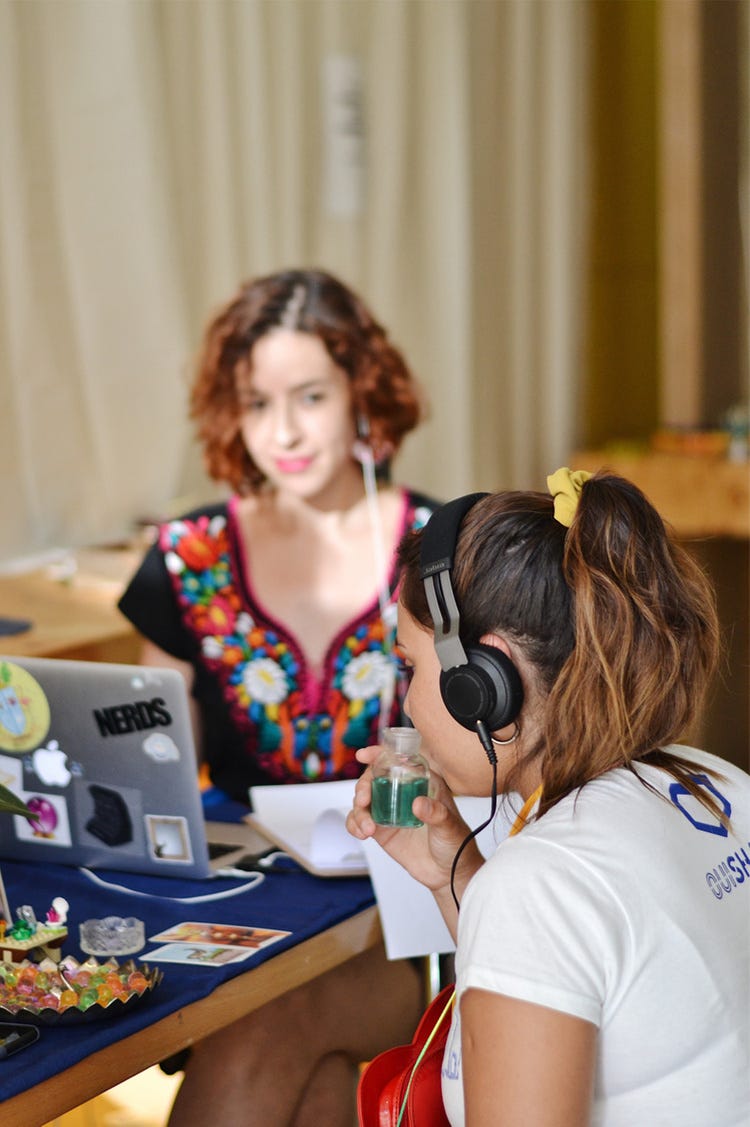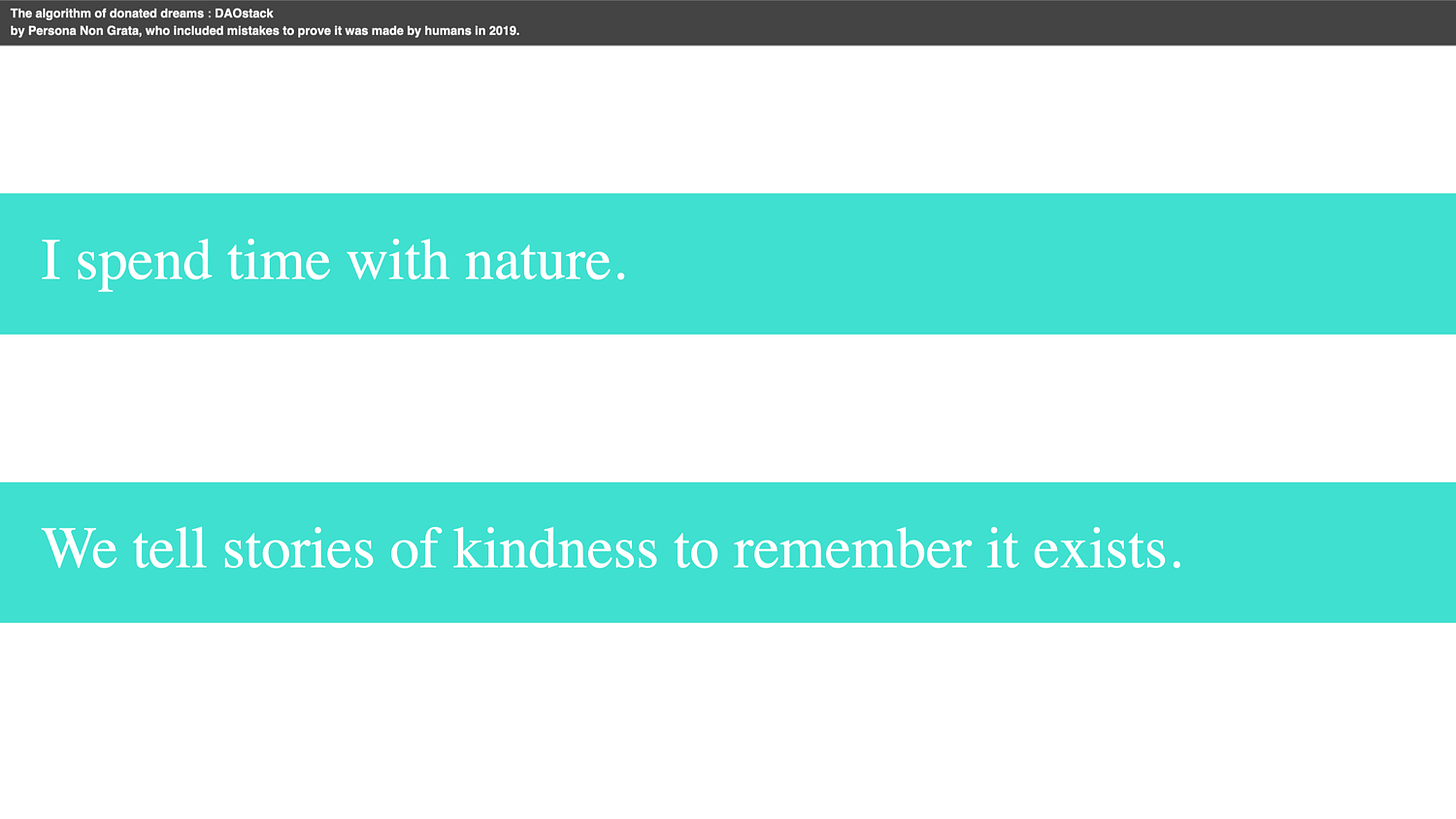Speculative scenarios serve to create the suspension of disbelief about change.
Speculative scenarios are open-ended and offer the audience the possibility of personal interpretation. They frequently include humor, which activates the audience on an emotional and intellectual level, in a way similar to literature and film. Speculative scenarios are often unusual, curious, occasionally even disturbing, but desirable and attractive.
Source.
Here are writing prompts to rescue you during Phase 1 of time traveling: scenario design. Some will be ours and some from research.
“They say sight is the first thing to go, but in my experience it was bread.”
“Our relationship to objects is so vast. Some days I wear jeans and some days I put on the jeans my partner gave me (the jeans that have only seen the United States) and I walk them around town showing them things. They collect dirt and other information for me.”
“Organic ham is the name of an organ and a musical instrument. When ham is organic it means it will live properly inside our bodies, and it will also play music.”
Phase 3 of time traveling is about rapid-prototyping. This is how we make artifacts rapidly, how prototyping works at The Time Travel Agency, or how this weird stuff is created.
In speculative design we communicate ideas with artifacts. During rapid prototyping we think with our hands and build physical or digital objects that contain a fiction, a scenario, a challenge inside that scenario, and a proposed answer.
When working in a group setup our job is to make links between the participants’ perspectives, helping them build on each other’s ideas.
Here’s an example of an artifact: The Algorithm of Donated Dreams is a piece of electronic literature we put together during a physical laboratory in Barcelona and an online experience with a blockchain community. It encloses the fiction of a laboratory that people visit to donate dreams like they usually donate blood; the decided challenge was how to collect dreams from citizens into a collective brain (the algorithm) which would use those dreams to build in that society. The outcome revealed that individual and collective dreams for an optimistic future were easy to “download” from citizens, and that a society they all liked became visible.
The process to get to this artifact was a combination of a performance that used rituals and senses, and asking participants for stories behind recent memories they loved most.
What we see when we aren’t seeing into a specific project.

Link to a New Yorker article about “Taxilandia”, where mini audiences packed in a taxi are taken through neighborhoods on experiences that aren’t ‘tours’ and where most of the time they can’t take photographs.
From our community!
On September 8th: the Design Futures Dissemination Event organized by Design Futures consortium and Erasmus+ programme.
We didn’t organize this; we just found the combination of futures design and maker education too interesting.











